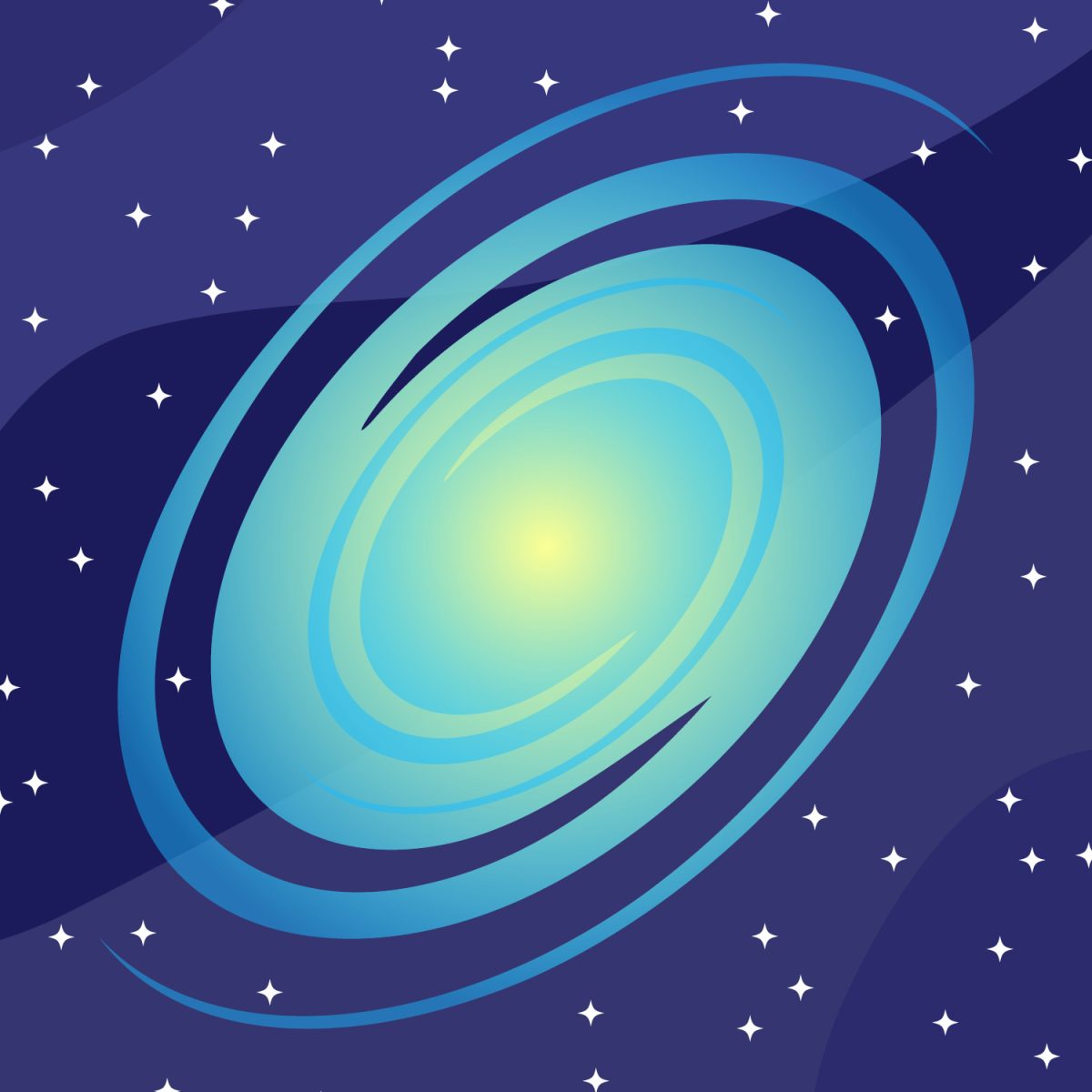The Lucy spacecraft was beginning to successfully interact and extract data from a Trojan asteroid on Nov. 1 when a team of NASA astronomers found a clear image of the first-ever contact binary to be orbiting asteroid Dinkinesh.
These two smaller asteroids are a phenomenon in the scientific community as this anomaly is unheard of among astronomers, leaving them wondering how the contact binary is possible.
Lucy was launched on Oct. 16, 2021, and is planned to embark on a 12-year journey, visiting Trojan asteroids and gathering data on them. The spacecraft is equipped with sophisticated instruments that will help scientists at NASA learn more about the composition, geology and history of these asteroids.
“The excellent performance of that (Lucy’s) system at Dinkinesh allowed the team to capture multiple perspectives on the system,” Katherine Kretke, a scientist studying the Lucy project at the Southwest Research Institute in San Antonio said. “Which enabled the team to better understand the asteroids’ shapes and make this unexpected discovery.”
By studying the Trojans, researchers hope to gain insights into the formation and evolution of the solar system and the role these objects may have played in the early dynamics of the Jupiter system. These asteroids may be able to guide future expeditions and help humans understand more about how a solar system is formed and what happens when the system ages.
Lucy’s images from the first encounter of these asteroids show the two smaller asteroids orbiting the larger Dinkinesh. This discovery was especially perplexing as the contact binary seemed to act as some type of “moon” for the Dinkinesh asteroid.
“We knew this was going to be the smallest main belt asteroid ever seen up close,” Keith Noll, an astronomer and Lucy project scientist at the NASA Goddard Space Flight Center, said in a news release published by NASA. “The fact that it is two makes it even more exciting.”
Astronomers across the globe are excited about the discovery as this could mean new discoveries about the Earth and how the Earth’s moon came to be. Lucy’s discoveries could also help explain how asteroids similar in size migrated close to Earth and provide some solutions for asteroids that come close enough to pose a threat to Earth.
NASA Makes Unexpected Discovery
Lucy spacecraft observes a one-of-a-kind event
0




